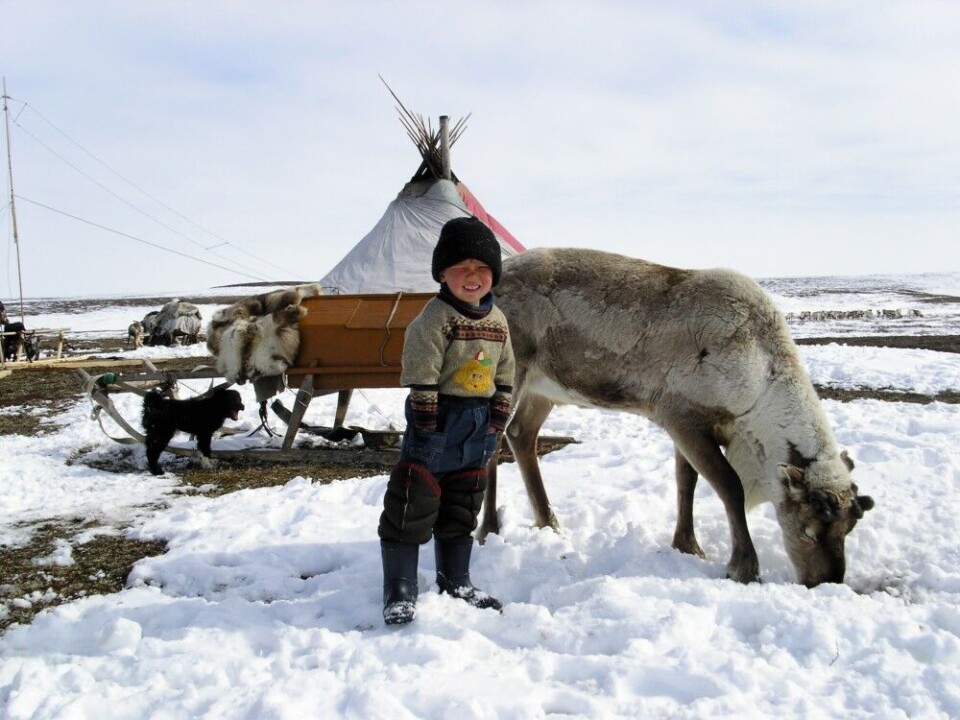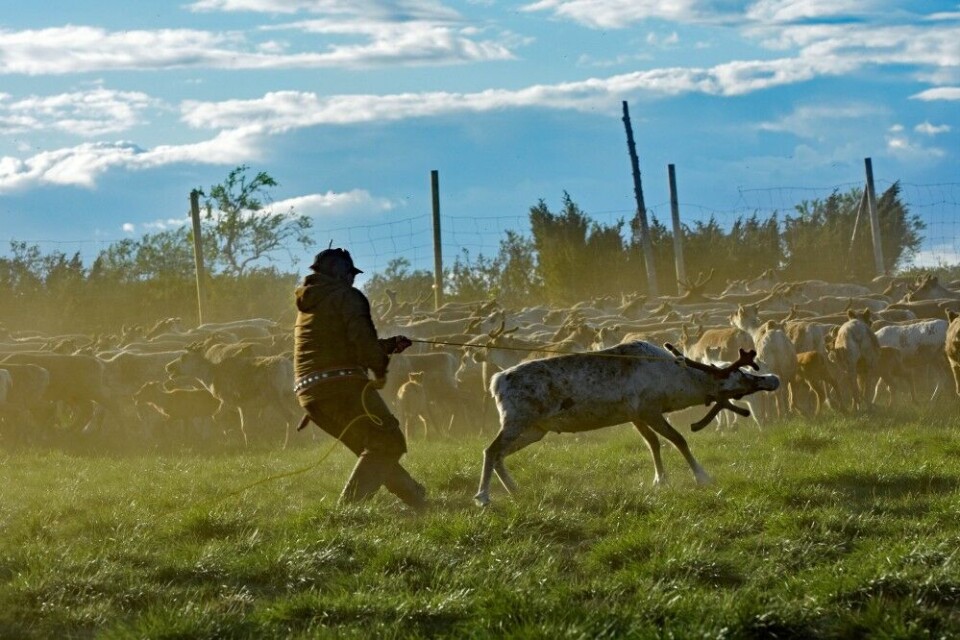
Humans dated back to the Arctic for over 40,000 years
Human traces on reindeer antlers suggest that humans have been in the Arctic for over 40,000 years.
The newest discovery in a series of archeological findings in the Siberian region further suggests that the first humans to inhabit the arctic appeared about 40,000 years ago. The discovery occurred when a group of scientists from the Siberian Section of the Russian Academy of Sciences (СО РАН) conducted radiocarbon analyses of reindeer antler fragments found at the Kushevat Paleolithic site in the Lower Ob region.
In 2020, scientists led by Ivan Zolnikov from the Institute of Geology and Mineralogy of the Siberian Branch of the Russian Academy of Sciences investigated materials discovered during excavations at the Paleolithic site of Kushevat.31 animal bone fragments had been discovered at the site, which is located in the Shuryshkarsky district of the Yamalo-Nenets Autonomous Okrug.
Amongst these bones were the remains of a reindeer (Rangifer taradus), a woolly mammoth (Mammuthus primigenius), a steppe bison (Bison priscus), Elk (Alces alces), deer (Cervus elephus sibiricus), and, potentially, a musk ox (Ovibos moschatus). Analyses of the bones dated them back to a series of 20 different radiocarbon dates, all ranging from the period between 20 and 40 thousand years ago.
Although this finding solely points to animals, and not humans, inhibiting the Arctic region 40,000 years back, the discovery has now become the basis of further analyses which currently date human activity in the Ob region back to 40,000 years ago. This is because amongst this group of bones, two reindeer antlers held traces of human activity, which have only recently been analyzed.
Using accelerator mass spectrometry, scientists from СО РАН have recently concluded that the age of these human traces is about 40,000 years. Accelerator mass spectrometry (AMS) is a dating technique often used in archeology, biomedicine, and the geological and planetary sciences to measure the long-lived radionuclides that occur naturally in our environment.
The AMS analysis indicated that ‘modern’ humans were present in the lower reaches of the Ob at the beginning of the Upper Paleolithic age, which commenced about 50,000 to 40,000 years ago and concluded approximately 10,000 years ago. The period was marked with the fading out of Neanderthals and the emergence of grander settlements with ‘modern humans’, or Homo sapiens.
The dates indicated by the AMS findings are the eldest dates we have as of yet that manage to place modern humans in the Arctic region. Furthermore, the human remains on the reindeer antlers enabled scientists to suggest that the humans’ origin in the Arctic is associated with hunting activities.
Previous discoveries suggested that Homo sapiens first emerged in Western Siberia, but not specifically in the Arctic, at least 45,000 years ago. Scientists arrived at this conclusion due to a previously found femur bone, which was discovered in the Omsk region in 2008. Radiocarbon as well as paleogenetic analyses suggested that the bone had belonged to a man who died about 46,880 to 43,210 years ago in the region. However, the AMS analysis of the antlers has now suggested that Homo sapiens lived beyond the Arctic circle during the Upper Paleolithic age too.

Furthermore, the analysis suggests that Homo sapiens and not only Neanderthals inhabited the Arctic Circle in the Upper Paleolithic age. About two decades ago, it was only certain that Neanderthals, and not Homo sapiens, were occupants in the region during the period. This was discovered by radiocarbon dating a set of bones in 2001 from the Yanskaya group cite in Yakutia. The radiocarbon analysis suggested that the Neanderthals had found themselves in the region approximately 28,500–27,000 years ago.
The new AMS analysis has hence provided two major breakthroughs. The first one being that Homo sapiens as well as Neanderthals inhabited the Arctic circle during the Paleolithic Age. And the second find being that Homo sapiens lived north of the Arctic circle already 40,000 years ago.
















